
I traveled to San Francisco earlier this week to attend Autodesk DevCon 2023 – the conference for developers and Autodesk partners building applications and providing services using Autodesk software.
Autodesk has a big vision to help developers build AEC and Manufacturing applications on top of the Autodesk platform. Here is a scope of applications Autodesk is envisioning.
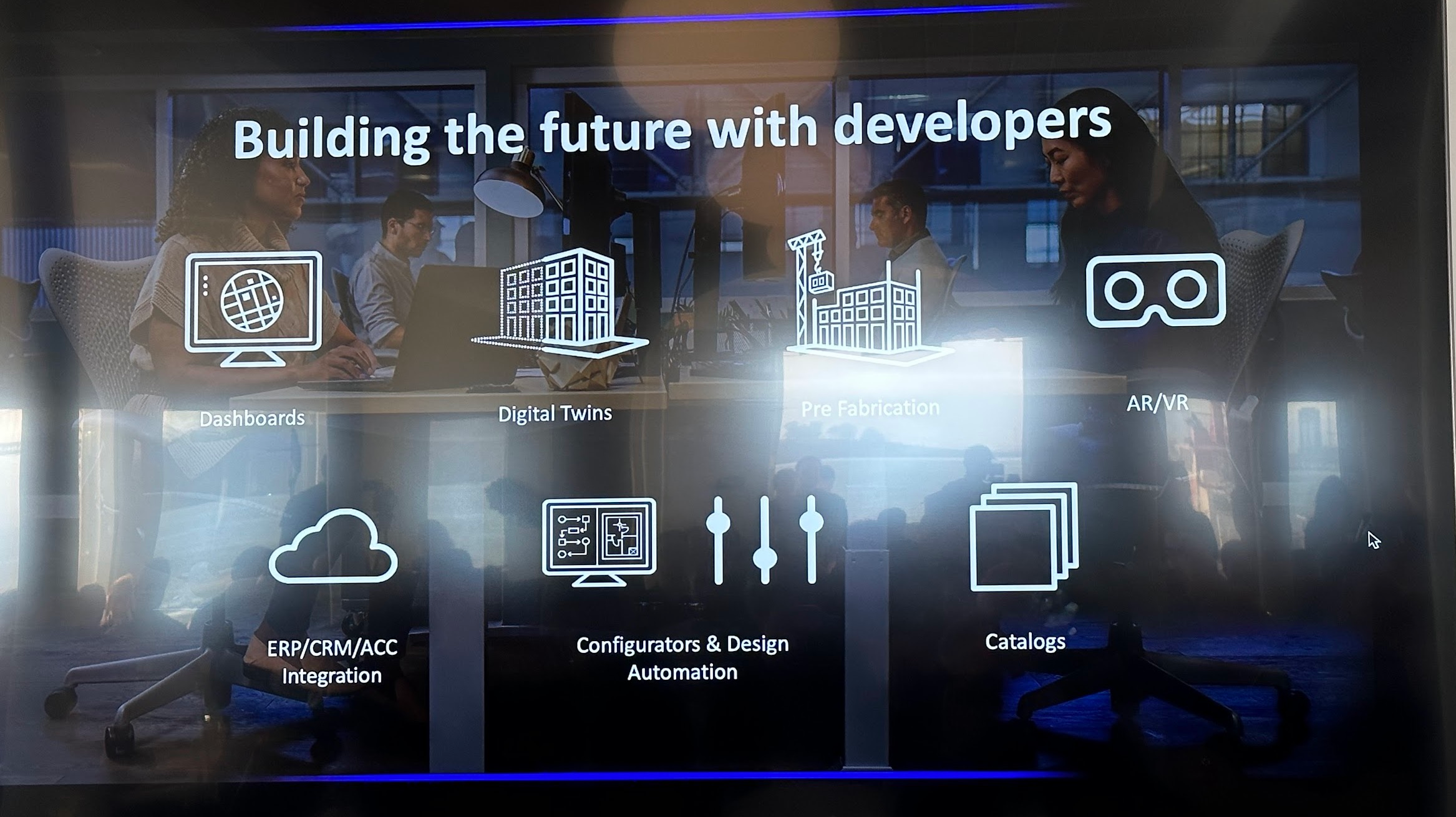
In this blog, I want to share what I learned about Autodesk’s direction and what I think about the opportunity to build applications using the Autodesk platform.
A bit of history…
Many years ago, I started my work with CAD software by getting exposed to an early version of AutoCAD. Back in those days, computers were running MS-DOS and the first thing engineers and architects were doing was starting acad.exe file. The rest of the things were happening inside the AutoCAD environment – programming, menus, scripts, data management, and many other things you could have been programming using AutoLISP and later ADS (AutoCAD Development System using C functions). What AutoCAD provided back in those days was an open platform for any developer to create engineering and AEC applications. The openness and power of the programming language created what is known as the AutoCAD platform.
Are Files a Liability in the 2020s?
Folders and files are one of the most powerful computing paradigms. I still can meet sometimes developers that in love with the SMB protocol developed by IBM many years ago. files are a big problem for everyone who is looking at how to collaborate efficiently and share information. Although, still very popular, the future most probably doesn’t belong to files. Any Gen-Zier will tell you that you only need files to download an application to your computer, but will not be saving “data” using files and prefer applications like Google Apps or similar to share information.
In the engineering community, the majority of work is still done with files. CAD files, neutral geometry files, and ubiquitous Excel files represent a huge portion of engineering and manufacturing workflows. Saving files in neutral formats, uploading them to cloud storage, and sharing and exchanging information are still everywhere. As much as it is popular it brings tons of problems and issues.
Here is Autodesk’s take on the problem of collaborating using files.
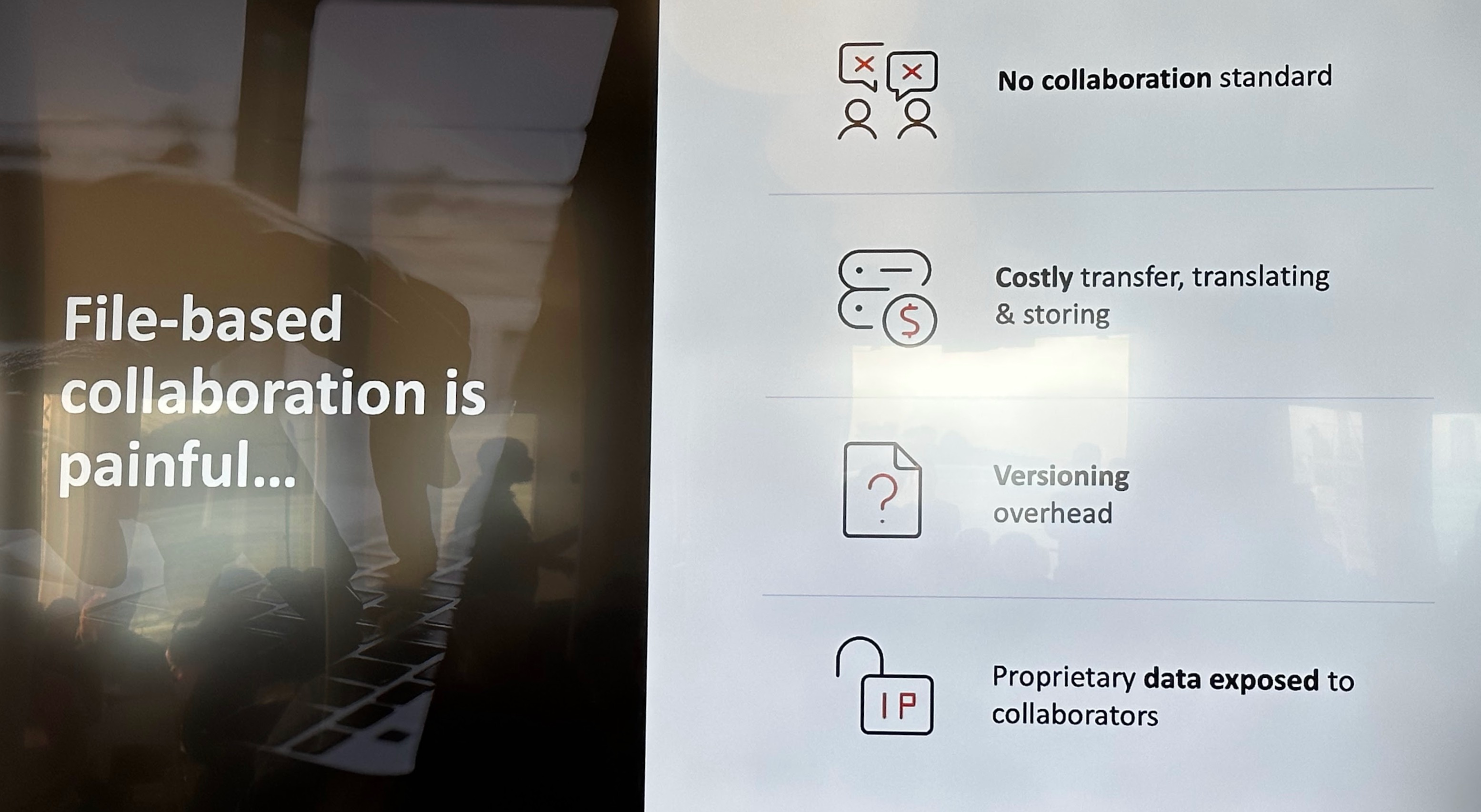
Digital Transformation – Moving from Files To Data
New technologies are coming. Companies are looking at how to transform their processes into digital forms. The manufacturing industry and construction industry are looking at how to switch their business processes into digital forms. The engineering data is needed to organize manufacturing processes and optimize large-scale production as well as to solve a wide range of issues that industry solutions need. Add to that fast-growing interest in accessing real-time data, machine learning, artificial intelligence, digital thread, and holistic product lifecycle management and you will realize that documents and files cannot provide the robustness that is needed by the fast-growing business and information industrial revolution.
So, we need to step beyond files and find better data management.
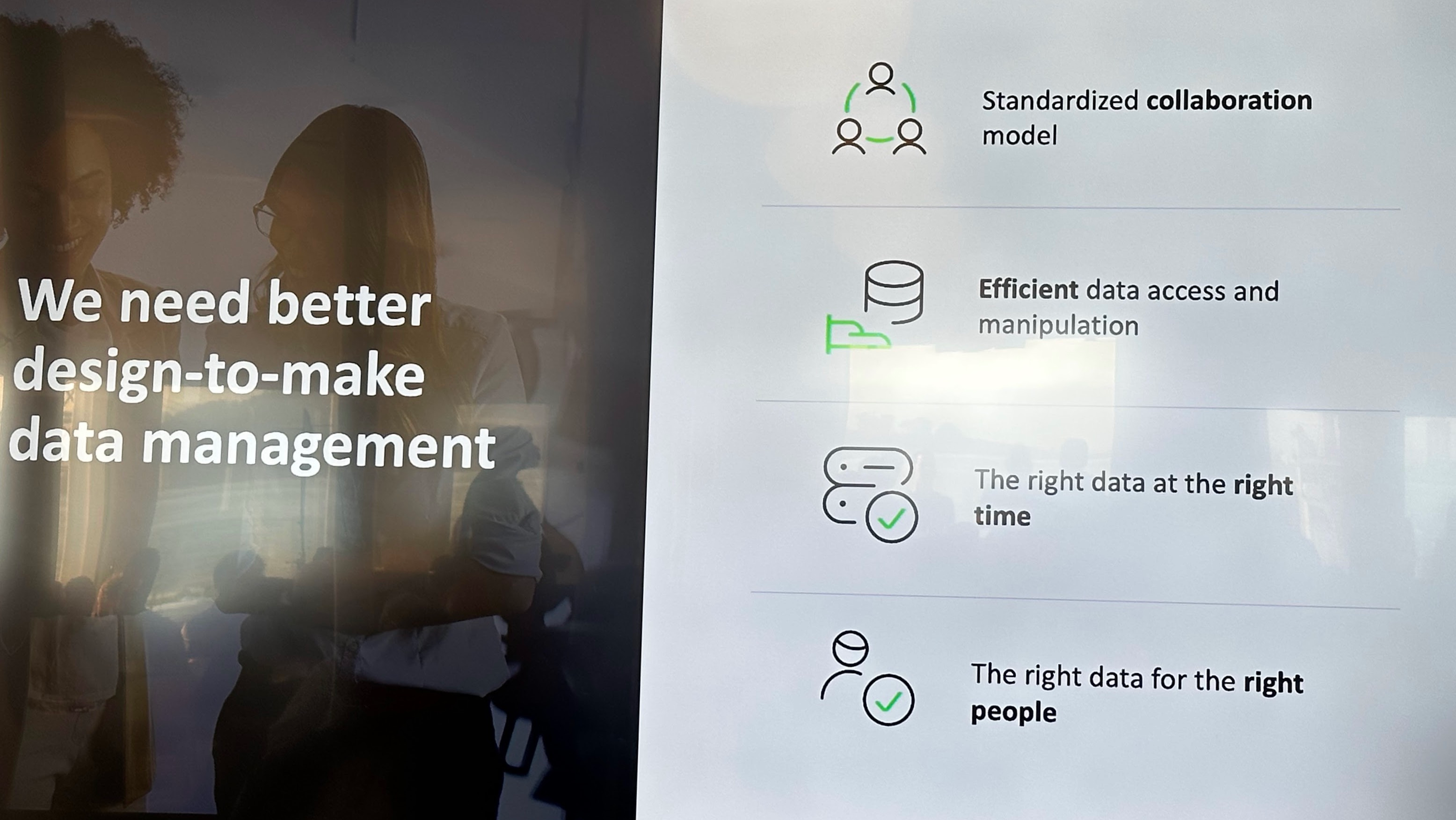
Autodesk’s strategy is to switch to a more granular approach and turn into “data” as a building block of communication and collaboration instead of bulky and not robust documents. In such a way, what will be accessible and used by everyone is data that can be consumed by applications and used by developers to build new solutions.
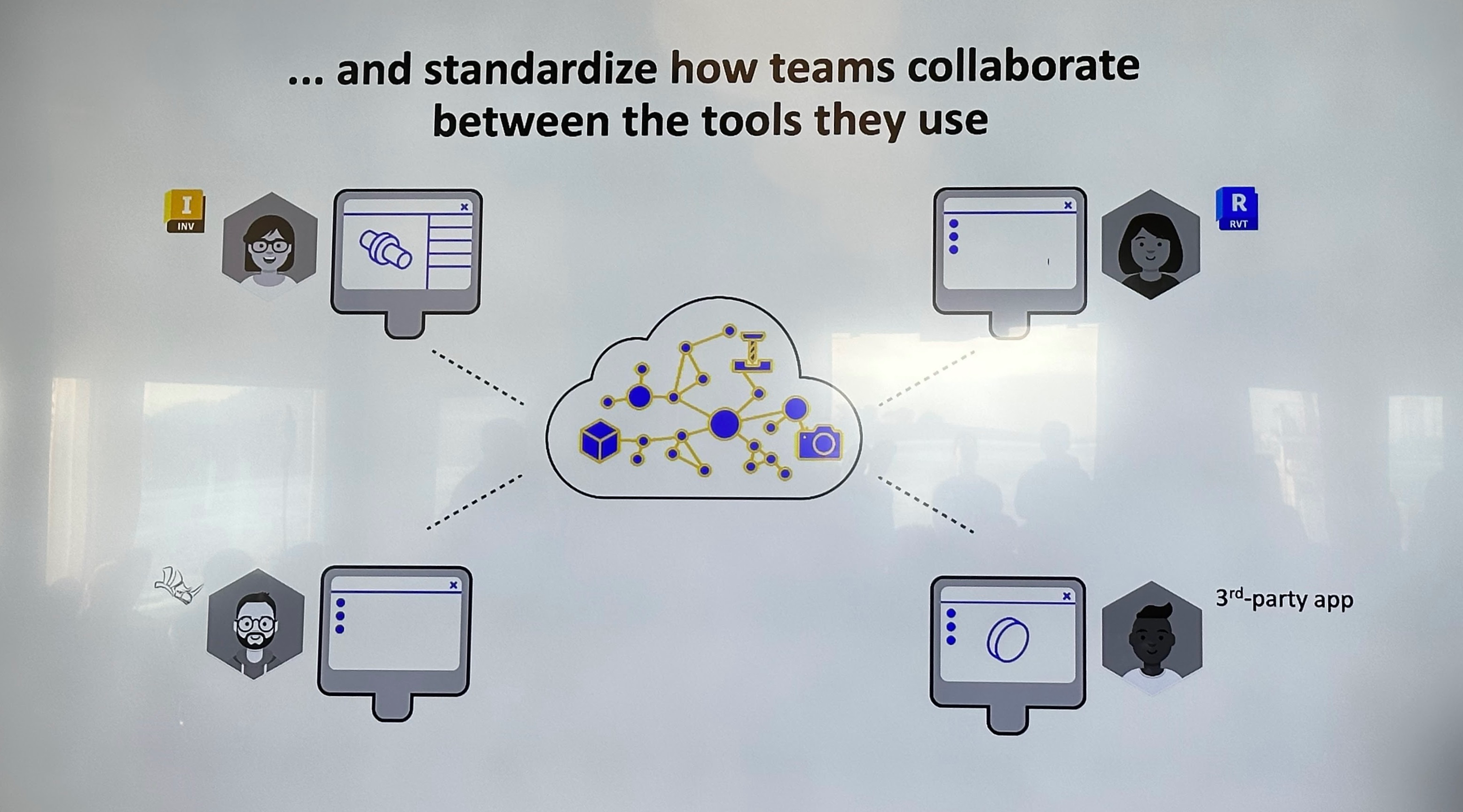
Autodesk Data Models For Industry Solutions
Files are not good for standards. Applications save data in different formats that need to be read and interpreted in other applications. Instead, data can be aggregated and organized using data models, which provide a more granular way to access information.
Autdesks presents three data models that are in a nutshell a reflection of Autodesk business – AEC (architecture and construction), MGF (manufacturing), and M&E (media and entertainment).
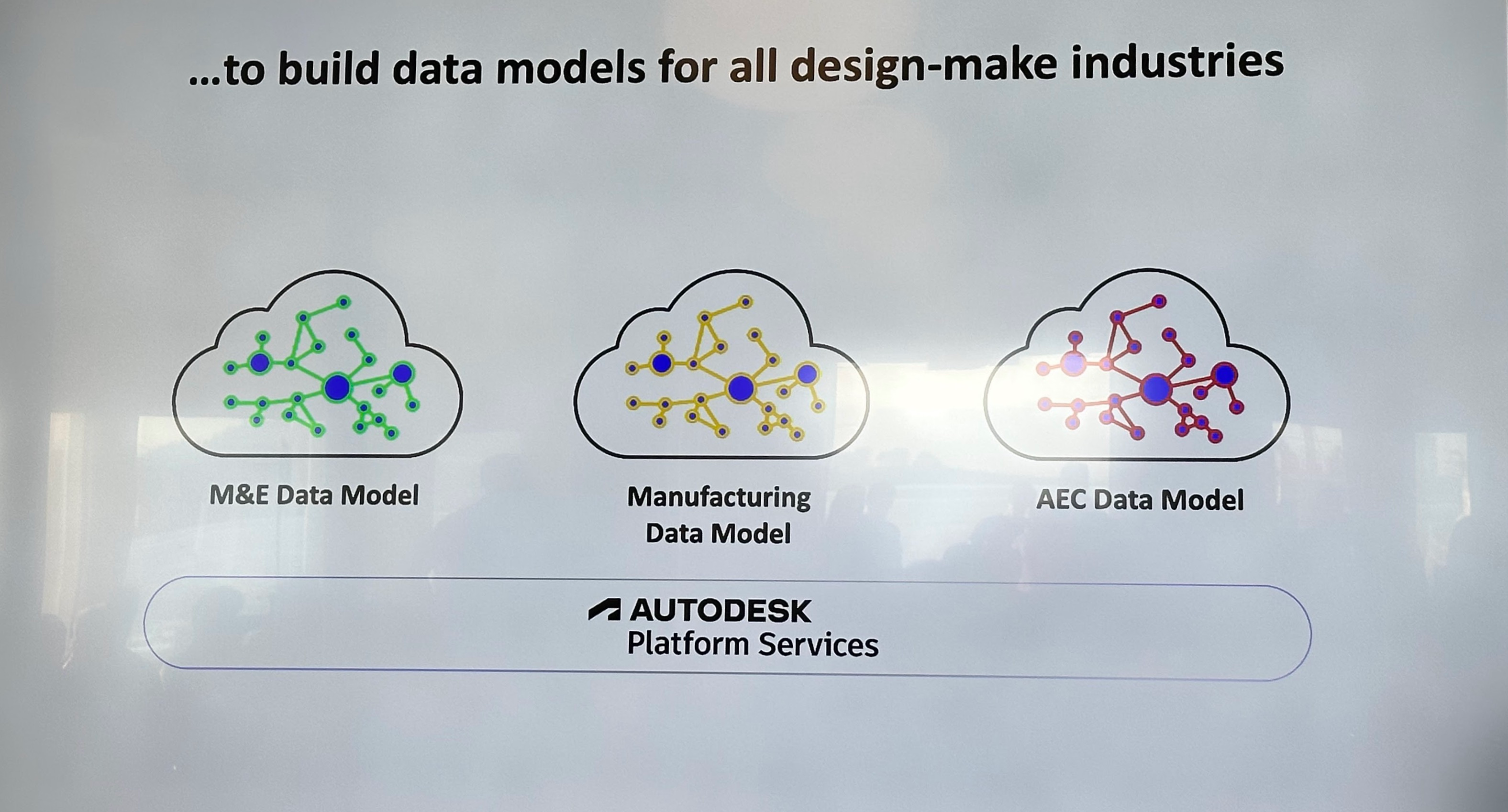
Autodesk Platform Services – What is available?
Altogether, these data models combined as real-time granular data that can be used in all Autodesk applications and 3rd party applications developed by partners and anyone else.
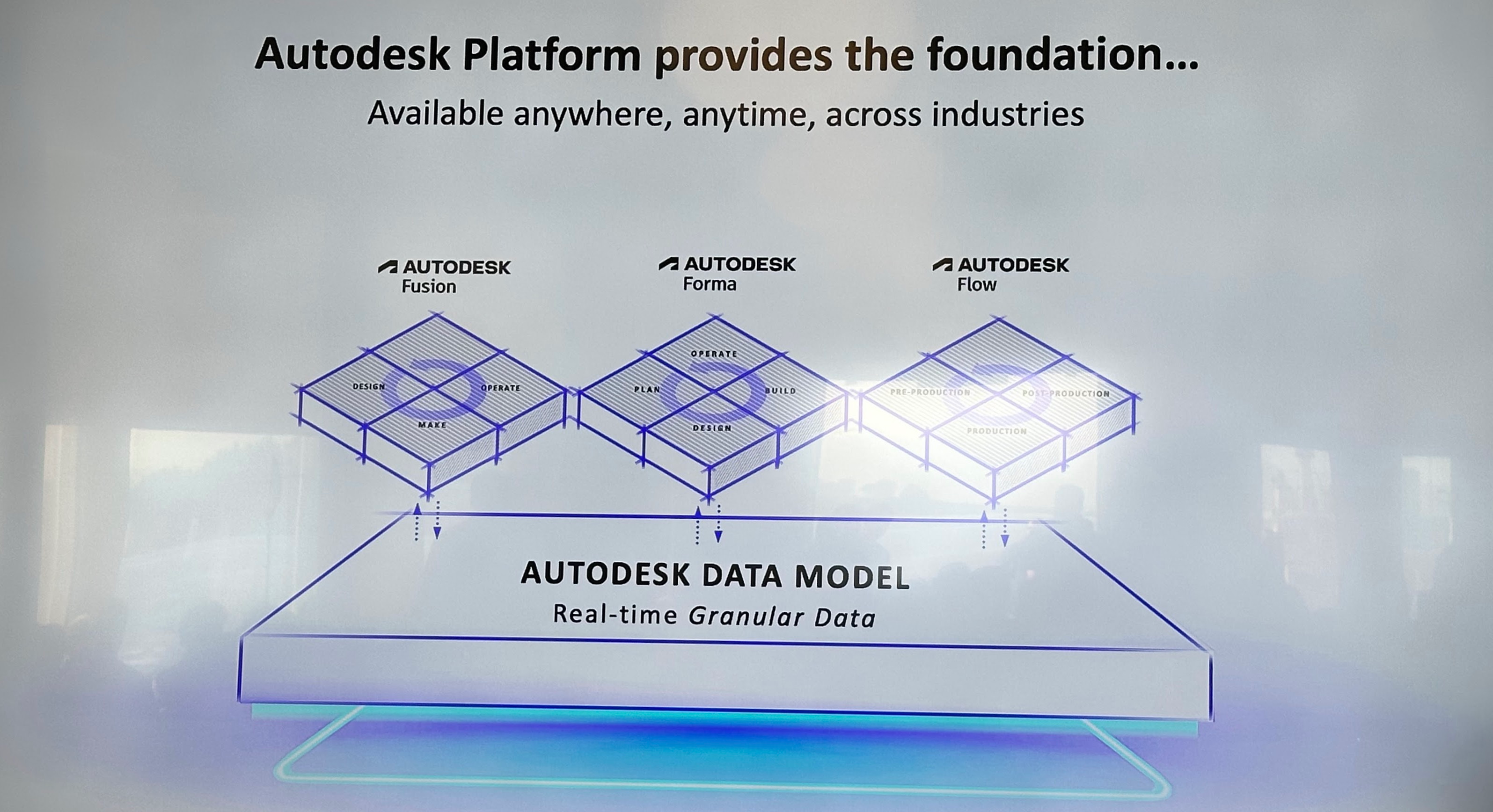
Vision is good, but the obvious question is where Autodesk development is now, what is available, and what the roadmap looks like. The following slide can give you some idea about the current status of Autodesk Platform Services.
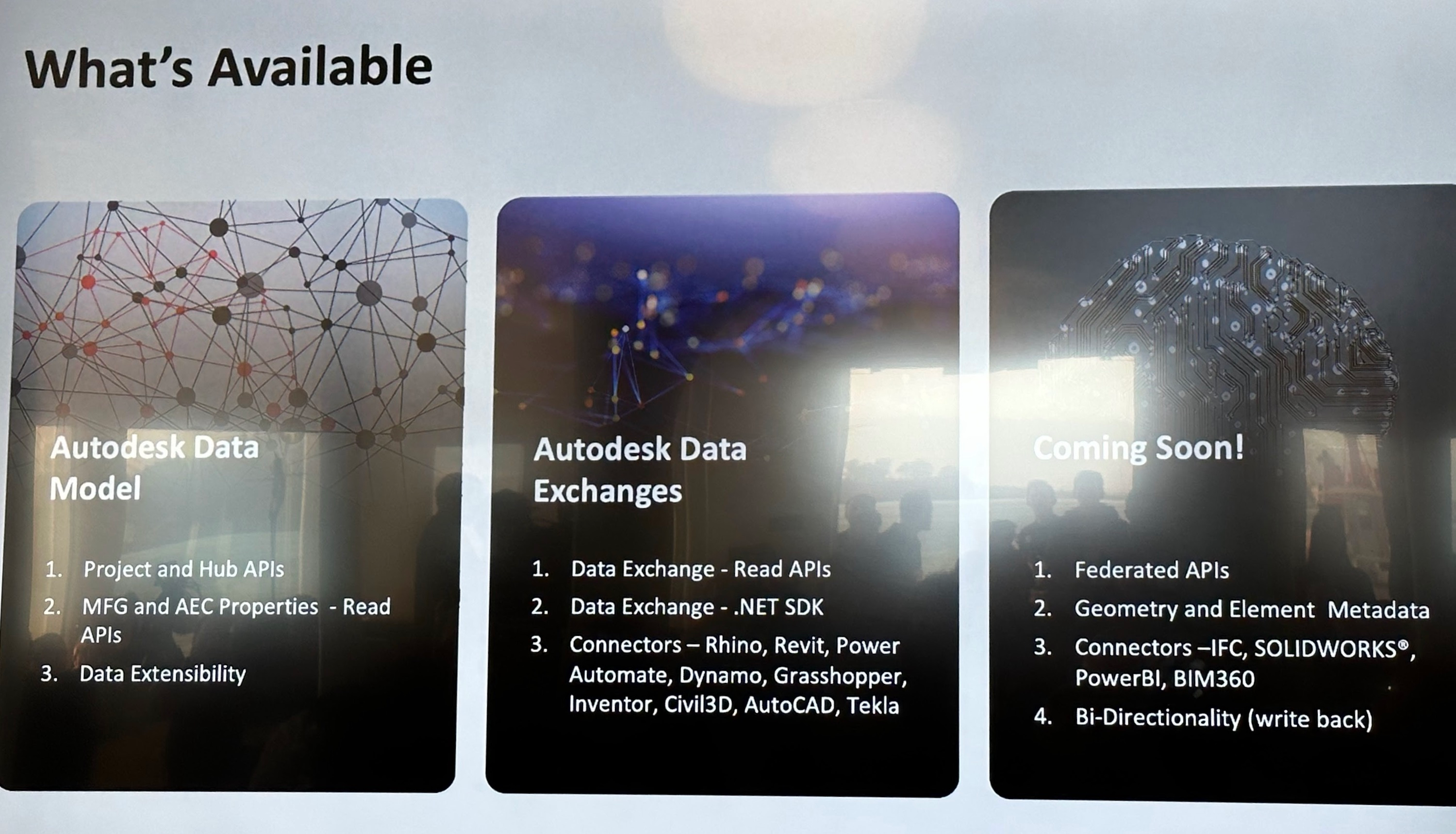
Cloud Platforms and Data Opportunity
Autodesk platform development goes back more than a decade. During this period of time, Autodesk acquired cloud systems, developed infrastructure, and adjusted its strategy multiple times. It is probably one of the most mature cloud platforms available in the public cloud with a wide range of applications in both AEC and Manufacturing industry solutions.
In my view, the most interesting part of APS granular data strategy is related to setting a data foundation that can be reliably used in many applications to facilitate data compatibility and collaboration. The future seems to be very promising for developing a broad platform with a rich set of data models spanning multiple applications and information assets. Similar to the AutoCAD data model that was capable of growing and supporting multiple industry applications and supported by many developers across the globe, APS Data Models can be a “modern transcription” of the AutoCAD platform projected on a wider scope of applications.
Data opportunity is big, in my view. However, this approach introduces also a substantial amount of challenges. I will talk about them in my next article, so stay tuned…
What is my conclusion?
Autodesk Platform Services (APS) strategy is to switch Autodesk software to use a granular data management approach with applications capable of interoperating, sharing, and exchanging information. The key element of this strategy is to empower developers to build applications using the same tools and by doing so to expand the eco-system of engineering, AEC, and manufacturing applications. Will APS Data strategy allow Autodesk to repeat the success of the AutoCAD platform that empowered many developers in the 1990s to build applications using the AutoCAD environment? In my view, this is one of the most interesting and challenging questions. I like Autodesk’s openness in data platform building as well as the possible extensibility of APS. In my next blog, I will talk about how APS data management is aligned with Autodesk application strategy and outline opportunities I see for Autodesk product lifecycle management. Just my thoughts…
Best, Oleg
Disclaimer: I’m co-founder and CEO of OpenBOM developing a digital thread platform including PDM/PLM and ERP capabilities that manages product data and connects manufacturers, construction companies, and their supply chain networks. My opinion can be unintentionally biased.









